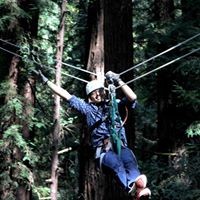Hello!
This is the classical market sizing question. This would be my overall approach:
- Calculating total customers:
- Segment population of the given city
- Seeing at which times those groups go shopping most (in person, keep in mind online purchases, etc.) to see which is the max. number of people in peak hour
- Calculating how many cash registers are needed given:
- Peak hour
- Normal hours (e.g., you cannot only dimension for peak hours if you would have empty cashiers the 90% of the time)
Hope it helps!
Cheers,
Clara
Hope it helps!
Cheers,
Clara













